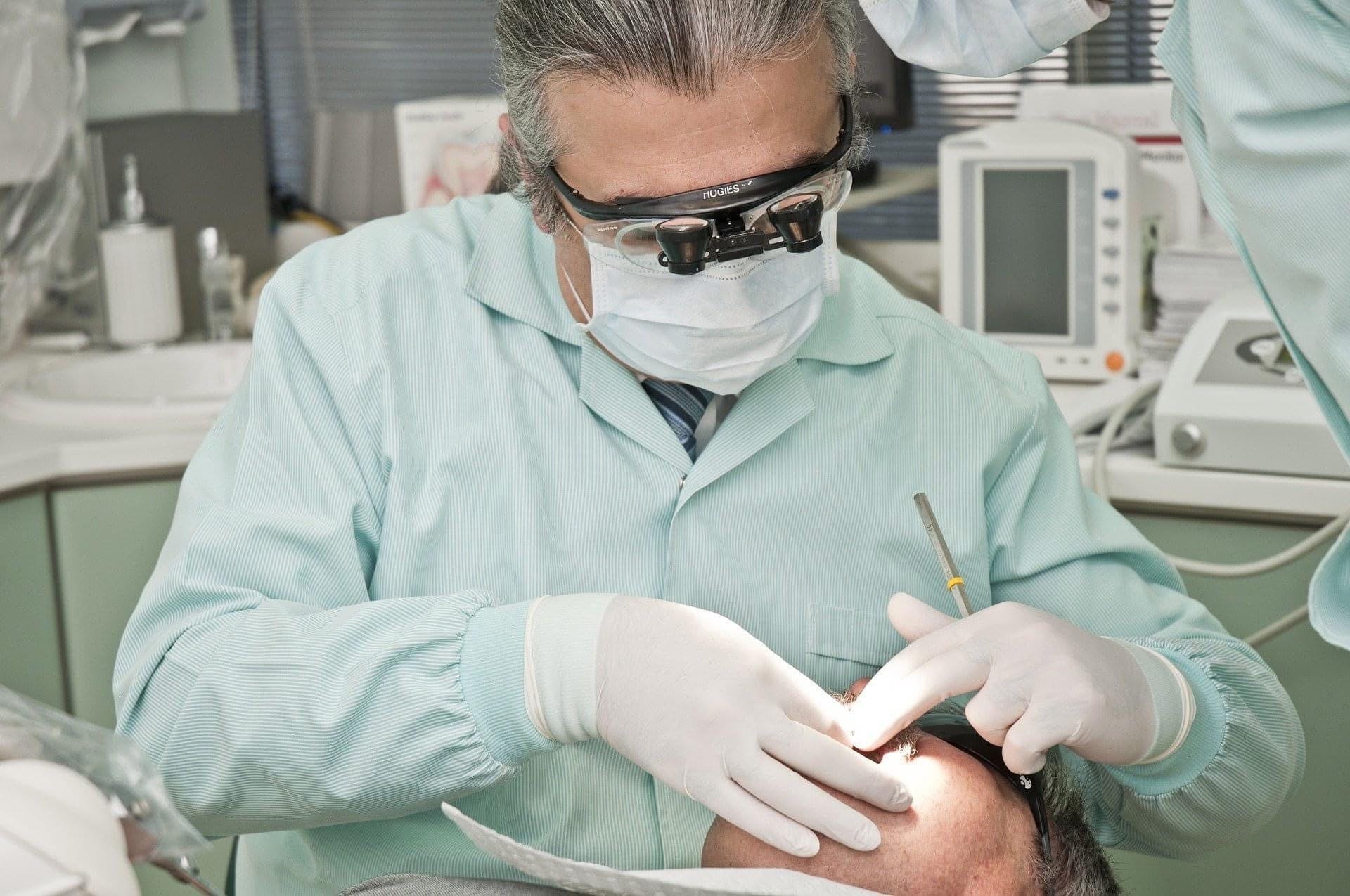 Vitamin E is a fat-soluble vitamin, as it is stored in the liver and fatty tissues. It is stored for long periods and is eliminated slowly from the body. It is a powerful antioxidant that helps protect cell membranes from free radical damage and prevents the oxidation of LDL (bad) cholesterol.
Vitamin E is a fat-soluble vitamin, as it is stored in the liver and fatty tissues. It is stored for long periods and is eliminated slowly from the body. It is a powerful antioxidant that helps protect cell membranes from free radical damage and prevents the oxidation of LDL (bad) cholesterol.
Vitamin E is made up of four tocopherols (alpha, beta, gamma, delta) and four tocotrienols (alpha, beta, gamma, delta). Tocotrienols are more potent antioxidants than tocopherols; but they are poorly digested, poorly distributed to blood tissues and are rapidly metabolized and eliminated from the body. Tocotrienols are well-absorbed by the skin and are better suited for topical use of Vitamin E, such as in a cream. Tocotrienols, referred to as natural Vitamin E, occur naturally in very low concentrations in foods like olives, wheat germ, saw palmetto, barley, oats, rye, rice and bran. Tocopherols, known as synthetic Vitamin E, is the version that is widely used in multivitamins, soaps, creams, makeup and hair care products. Miami dental professionals are increasingly recommending that patients improve consumption of this all-natural and powerful antioxidant to attain a range of health benefits.
Benefits of Vitamin E
Vitamin E has many benefits as a powerful antioxidant, protecting vitamins A and C, red blood cells and essential fatty acids from destruction. Because it is located within the cellular membranes, it protects polyunsaturated fatty acids (PUFAs) and other components of cellular membranes from oxidation by free radicals. Vitamin E is needed for structural and functional maintenance of skeletal, cardiac and smooth muscle membranes. It also helps form red blood cells and helps maintain the body’s supply of vitamins A and K, iron and selenium.
Both members of the Vitamin E family, tocopherols and tocotrienols, act as antioxidants. But the natural vitamin E, tocotrienols, is more powerful due to its unique molecular structure that enables quicker and more efficient movement around cells. It has the ability to penetrate saturated fat cells around the brain and liver and provides protection against cell damage in the brain, tumors and various types of cancers. It is vital in the body’s immune system and helps in the rehabilitation of damaged cells. Tocotrienol also helps lower blood cholesterol levels and helps support healthy cholesterol levels. It is able to cleanse the arteries of accumulated cholesterol. Tocopherol can prevent plaque formation in the arteries, but it is unable to remove the plaque once it is in the arteries.
Uses of Vitamin E
Because of its antioxidant properties, Vitamin E can help protect against the oxidative damage that can lead to heart disease and help relieve symptoms of Alzheimer’s disease, premenstrual syndrome (PMS), eye disorders like cataracts, and ultraviolet radiation. It can also help protect from toxins like air pollution, and since it helps the body process glucose, it can help treat diabetes. Because Vitamin E helps the body’s immune system, it may provide benefits for people who suffer from rheumatoid arthritis and asthma.
Vitamin E has also been used to help treat anemia, burns, epilepsy in children, intermittent claudication (pain and/or cramping in the lower leg due to inadequate blood flow to the muscles) and tardive dyskinesia (involuntary, repetitive body movements) and to increase immune function in the elderly. Vitamin E is also used to treat and prevent diseases of the heart and blood vessels, including hardening of the arteries, heart attack, chest pain and high blood pressure.
Signs of Vitamin E Deficiency
Because it takes a long time for Vitamin E stores to be depleted, deficiency is rare. However, people who cannot absorb dietary fat and people who have fat metabolism disorders or liver disease cannot absorb Vitamin E. Vitamin E deficiency symptoms include greasy stools, chronic diarrhea, an inability to secrete bile, mild anemia, reproduction and infertility disorders, fragile red blood cells, age spots, cataracts, decrease in sex drive, gastrointestinal disease, dry hair, hair loss, muscular weakness, slow tissue healing and leg cramps. Low Vitamin E levels are associated with an increased risk of rheumatoid arthritis and depression. Deficiency results in neurological symptoms (neuropathy), muscle weakness (myopathy) and pigmented retinophathy.
Recommended Daily Dosage
The National Institutes of Health (NIH) lists the U.S. Recommended Daily Allowance (RDA) for adults older than age 14 years at 15 mg. However, others suggest taking 400 to 800 IU per day. It is also recommended to use a supplement that includes the mixed tocopherols and mixed tocotrienols. Too much Vitamin E can cause an anticoagulant effect on the blood, interfering with the body’s ability to clot blood.
Best Sources of Vitamin E
Vitamin E is found in vegetable oils (olive, palm, corn, safflower and sunflower), avocados, spinach, sunflower seeds, wheat germ, nuts, whole grains, egg yolks and leafy green vegetables.
Light, oxygen and heat negatively affect, and can lower, the Vitamin E content in food. In some foods, 50 percent of Vitamin E is lost after only two week’s storage at room temperature. Because Vitamin E is fat-soluble, it is best absorbed when taken with a meal containing fat.
Sources for this article include:
http://www.drweil.com/drw/u/ART02813/facts-about-vitamin-e
http://www.evitamins.com/encyclopedia/assets/nutritional-supplement/vitamin-e/how-it-works
http://www.webmd.com/vitamins-supplements/ingredientmono-954-VITAMIN%20E.aspx?activeIngredientId=954&activeIngredientName=VITAMIN%20E
http://www.vitamin-basics.com/index.php?id=39
http://www.benbest.com/nutrceut/VitaminE.html
http://www.fitday.com/fitness-articles/nutrition/healthy-eating/the-difference-between-tocopherol-and-tocotrienol.html
http://www.medicinenet.com/claudication/article.htm#1whatis
http://www.newsmax.com/FastFeatures/Vitamin-E-deficiency-vitamin/2010/11/12/id/370722





